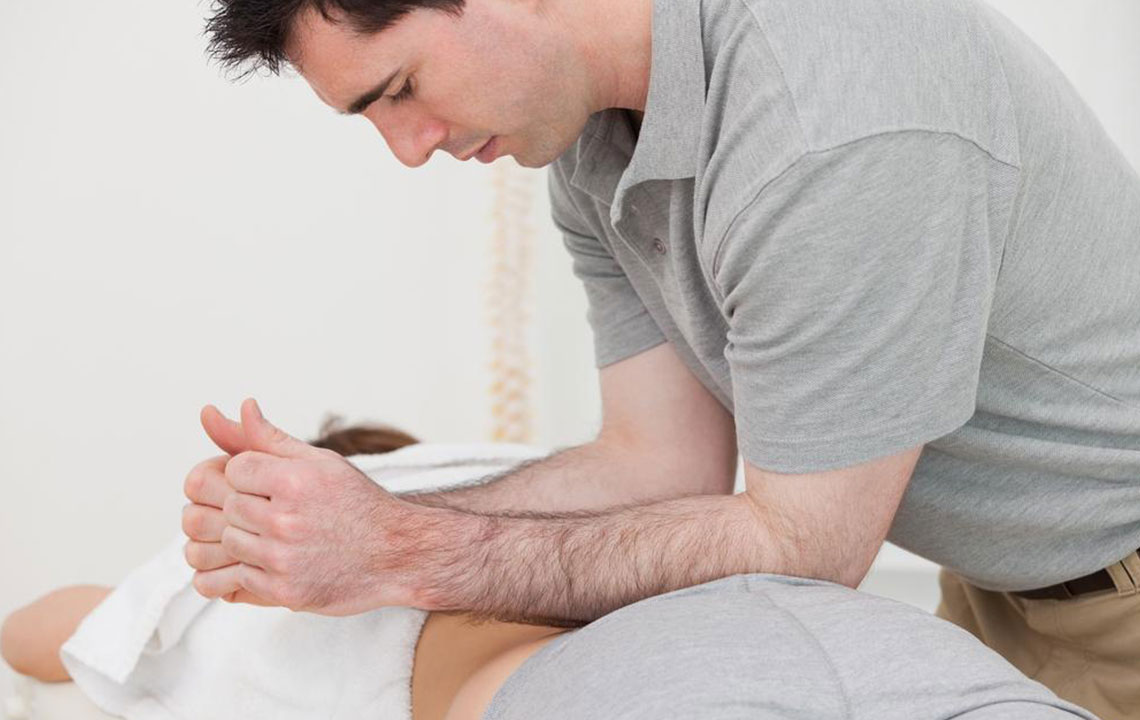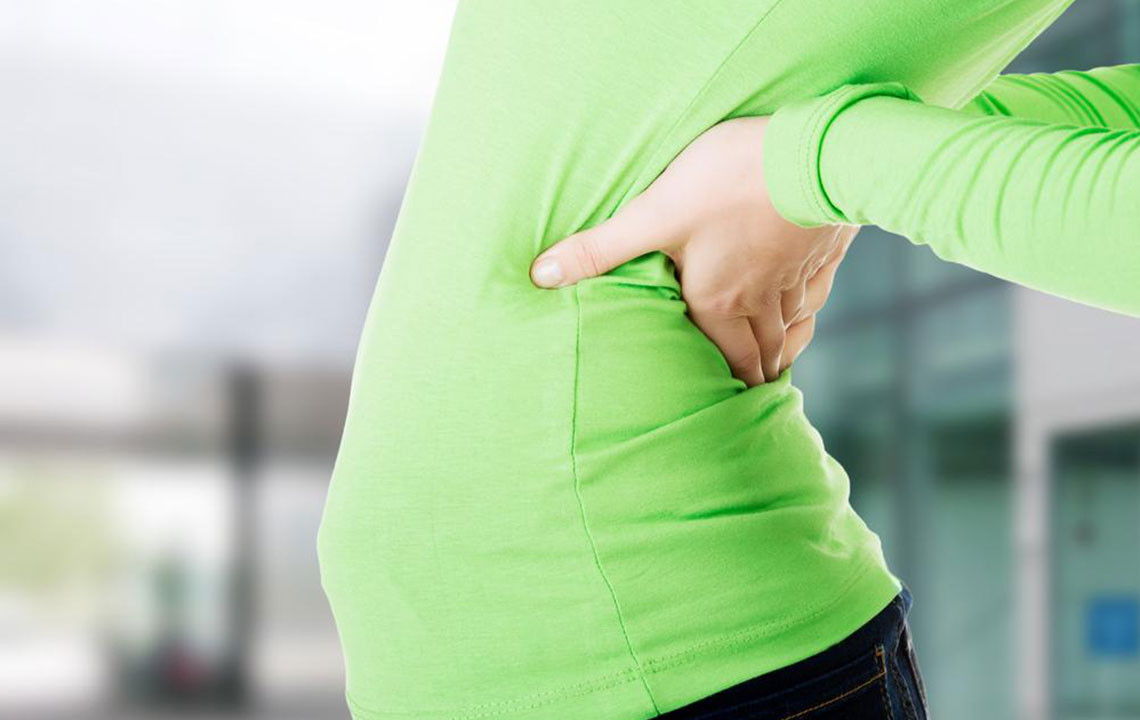Comprehensive Guide to Herniated Discs: Causes, Symptoms, and Effective Treatment Options
This comprehensive guide explores herniated discs, including their causes, symptoms, and various management strategies. It provides detailed insights into conservative treatments, lifestyle modifications, and surgical options, aiming to educate readers about maintaining spinal health and preventing disc-related problems. Essential for anyone experiencing back pain or concerned about spinal degeneration, the article emphasizes early detection, proper care, and professional consultation for optimal outcomes.

Comprehensive Guide to Herniated Discs: Causes, Symptoms, and Effective Treatment Options
The spine is a complex structure that provides support, flexibility, and protection for the body's nervous system. At the core of spinal health are the intervertebral discs—crucial components that act as shock absorbers, cushion the vertebrae, and facilitate movement. Understanding these discs, their role, and what happens when they become injured or degenerated is vital for anyone concerned about spinal health or experiencing back-related issues.
Intervertebral discs are composed of two primary parts: the tough outer ring called the annulus fibrosus and the soft, gel-like inner core known as the nucleus pulposus. This unique structure allows the spine to absorb shocks from daily activities such as walking, jumping, or lifting. As we age, these discs naturally experience wear and tear, losing moisture and elasticity, which can lead to various spinal problems, including herniated discs.
A herniated disc, also referred to as a slipped or ruptured disc, occurs when the soft inner part protrudes through a tear or weakness in the outer ring. This protrusion can press directly on nearby nerves, leading to pain, numbness, or weakness, often radiating into limbs. Notably, many individuals with herniated discs are unaware of their condition, as early stages can be asymptomatic.
The management of herniated discs is a multifaceted approach that aims to alleviate symptoms, improve mobility, and prevent further deterioration. Conservative treatments are often effective and include a combination of medication, physical therapy, heat or cold therapy, and lifestyle modifications. When these options do not provide relief, surgical interventions may be considered to address the underlying issue.
Understanding the causes and warning signs of herniated discs:
Age-related degeneration: As we age, intervertebral discs lose water content and elasticity, making them more prone to herniation, particularly after middle age or in older adults.
Genetic predisposition: Family history plays a role; some individuals are genetically more susceptible to disc problems.
Unhealthy lifestyle choices: Smoking reduces blood flow to discs, accelerating degeneration. Lack of regular physical activity contributes to weaker supportive muscles around the spine, increasing herniation risk. Obesity adds extra stress on spinal discs, exacerbating wear and tear.
Other contributing factors include poor ergonomic practices during work or daily activities, improper lifting techniques, sudden traumatic injuries, or accidents. Maintaining good posture, incorporating regular exercise, and avoiding prolonged periods of inactivity are essential preventive strategies.
Often, herniated discs are symptomless initially, but as the condition progresses, individuals might experience a range of discomforts such as localized back pain, radiating pain along the nerve pathway, tingling sensations, numbness, or muscle weakness. The severity and location of symptoms depend on which nerves are affected.
Effective strategies for managing herniated discs include:
Maintaining a healthy weight and adopting a balanced lifestyle
Engaging in activities that strengthen back and core muscles
Using pain relief medications prescribed by healthcare providers
Implementing physical therapy routines tailored by specialists
Applying heat or cold therapy to reduce inflammation and alleviate pain
Limiting activities that strain the back, including heavy lifting and prolonged sitting
Considering epidural corticosteroid injections for severe inflammation
Practicing stretching and gentle strengthening exercises for spinal support
Alternative and complementary therapies can also provide significant relief, including acupuncture, chiropractic adjustments, and spinal decompression therapy. These therapies often help in reducing pain and improving mobility without the need for surgical intervention.
When conservative treatments are ineffective, surgical options like discectomy or spinal fusion may be recommended. These procedures aim to remove or repair the herniated portion of the disc and stabilize the spine, allowing for pain relief and restored function. Consulting with a spine specialist or neurologist is crucial for determining the most appropriate course of action based on individual diagnosis and overall health condition.





